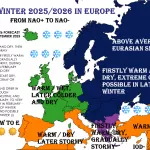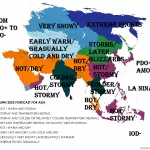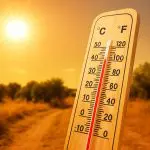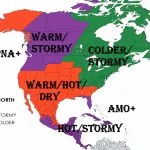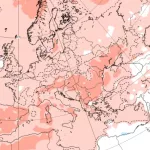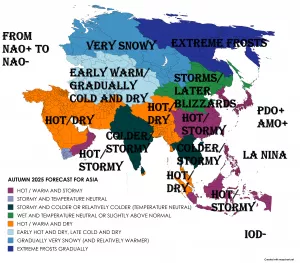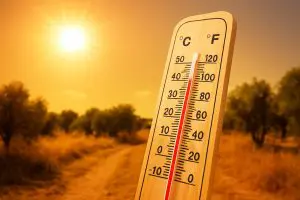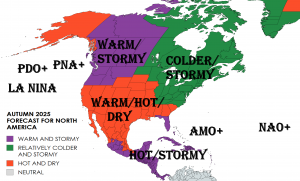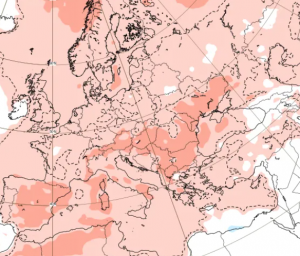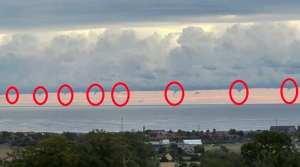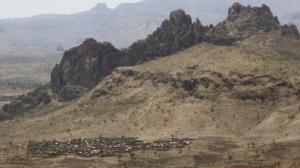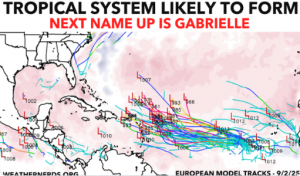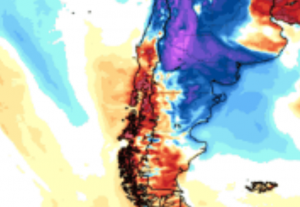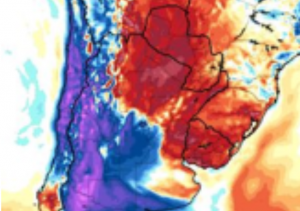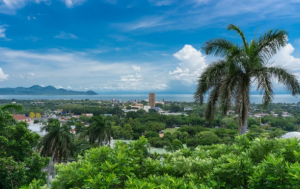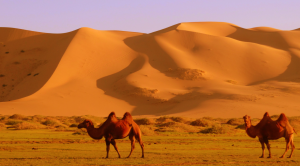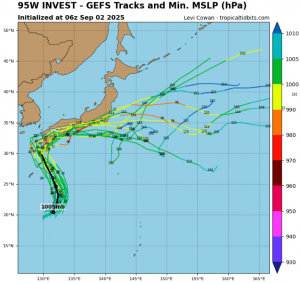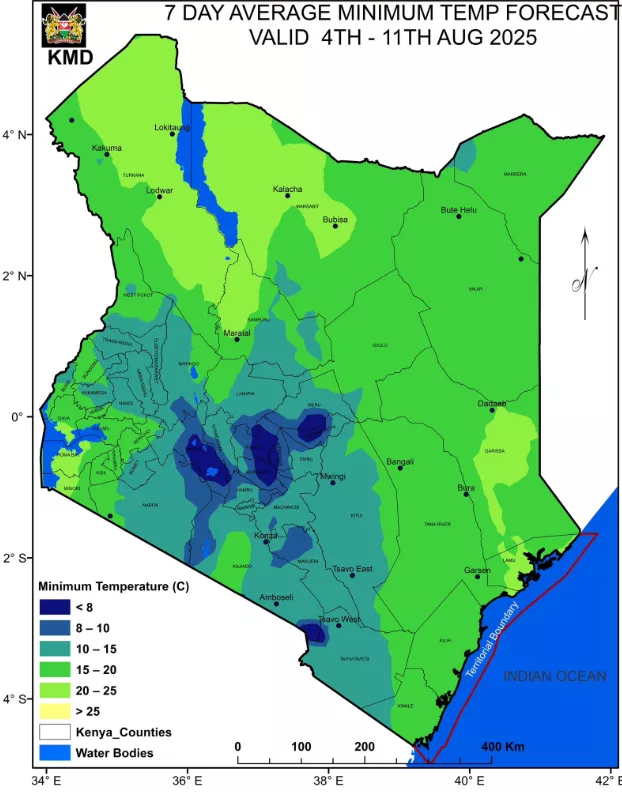
Kenya is currently facing an extended period of cold and stormy weather unlike typical seasonal patterns, causing significant disruptions and driving electricity demand to unprecedented levels. This long-term weather anomaly has strained the nation’s power infrastructure and revealed vulnerabilities in energy supply and management.
Throughout recent weeks, much of Kenya has experienced persistent heavy rains, strong winds, and lower-than-average temperatures, particularly in regions that usually enjoy milder dry seasons. This shift toward colder, stormier conditions is atypical for this time of year and has had cascading effects on daily life and energy consumption.
One of the most immediate impacts has been a surge in electricity usage, as households and businesses rely heavily on electric heating, lighting, and appliances to cope with the cooler temperatures and frequent storms. The power demand has reached record highs, challenging the capacity of Kenya’s national grid and raising concerns about potential outages or load shedding.
Energy providers have struggled to balance the increased consumption with supply limitations, particularly as heavy storms have also affected renewable energy sources like hydropower and solar farms. Flooded rivers and persistent cloud cover have reduced hydropower generation and solar panel efficiency, respectively, compounding the supply-demand imbalance.
The unusual weather pattern stems from complex atmospheric interactions, including shifts in regional pressure systems and the influence of larger climatic phenomena such as the Indian Ocean Dipole and ENSO, which can bring wetter and cooler conditions to East Africa. Climate experts warn that such volatile weather extremes may become more frequent with ongoing climate change, necessitating improved preparedness and infrastructure resilience.
The increased power demand has placed stress not only on energy production but also on distribution networks. In some urban areas, aging infrastructure has led to localized outages during peak usage times. Rural communities, already facing limited access to reliable electricity, are further impacted by these disruptions, highlighting the need for investment in grid modernization and decentralized energy solutions.
Kenya’s government and energy authorities have responded by issuing advisories urging energy conservation during peak hours and accelerating efforts to diversify the energy mix. Investments in battery storage, wind power, and geothermal energy aim to enhance supply stability and reduce reliance on weather-dependent sources.
This cold and stormy weather episode also underscores the importance of accurate meteorological forecasting and real-time grid management to anticipate demand spikes and allocate resources efficiently. Enhanced weather monitoring systems can help mitigate risks by informing early warning systems and guiding operational decisions.
In the long term, Kenya faces the challenge of adapting its energy infrastructure to a more variable and extreme climate. Building resilience through diversified energy portfolios, smart grids, and community-level renewable projects will be crucial to maintaining reliable power amid fluctuating weather conditions.
In summary, Kenya’s recent cold and stormy weather pattern has driven electricity demand to record highs, revealing critical challenges in balancing supply and demand during climatic extremes. As the country navigates these pressures, a focus on energy diversification, infrastructure upgrades, and climate adaptation will be vital for future stability and sustainability.

Illustration map. Source: KMH
Kenya Weather Forecast | 5–11 August 2025
A slight increase in rainfall is expected in parts of Central Highlands, Western Kenya, the Coast, and North-western Kenya. The showers will remain scattered but may provide temporary relief for farmers and rangelands.
Cold and cloudy conditions are likely in the Central Highlands, Western Kenya, South-eastern Lowlands, and parts of the Rift Valley. Mornings and nights may feel especially chilly.
Hot daytime temperatures (above 30°C) will persist across North-eastern and North-western Kenya, while
cold nights (below 10°C) are likely in parts of the Central Highlands, SE Lowlands, and the Rift Valley.
Strong southerly to south-easterly winds (>25 knots / 12.86 m/s) are expected across the Coast, Kenya’s territorial waters, SE Lowlands, NE, and NW.
More updates: meteo.go.ke

